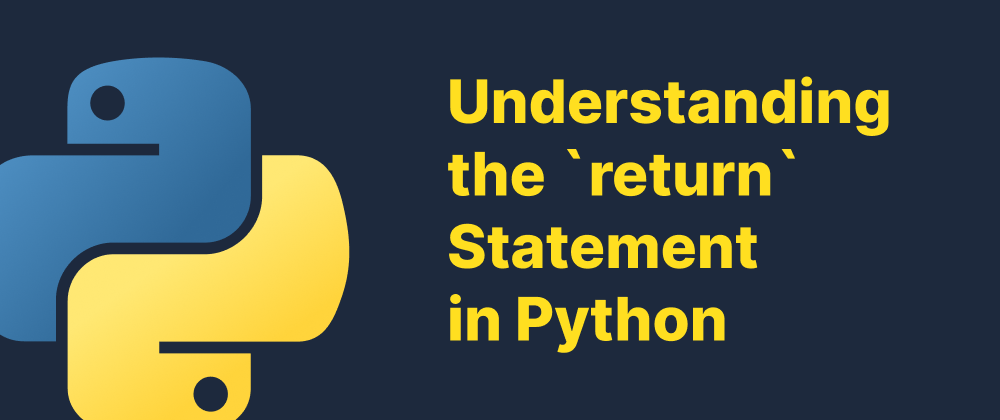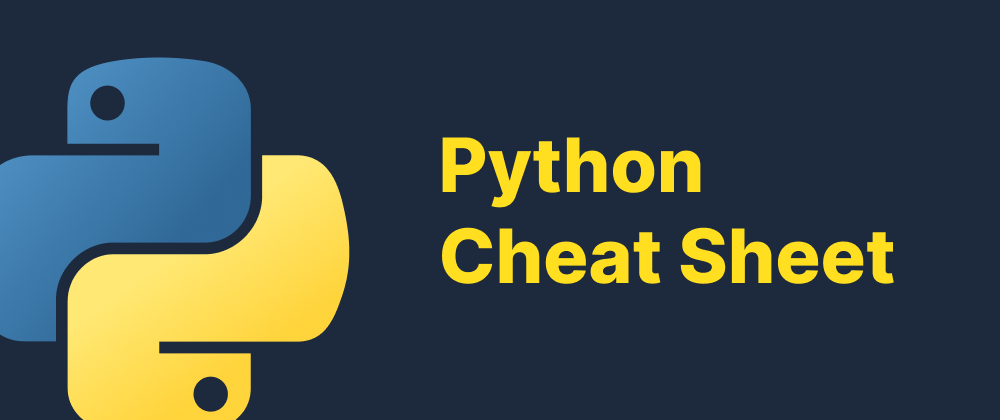Understanding Python’s `min()` and `max()` Functions
Olivia Novak
Dev Intern · Leapcell

Key Takeaways
min()andmax()identify the smallest or largest item in iterables or among arguments.- The
keyparameter allows custom comparison logic. - The
defaultargument handles empty iterables safely.
In Python, the min() and max() functions are built-in utilities used to find the smallest and largest items, respectively, in an iterable or among two or more arguments. These functions are simple yet powerful tools frequently used in data analysis, sorting, and comparison tasks.
Basic Usage
min() Function
The min() function returns the smallest item in an iterable or the smallest of two or more arguments.
# Example with multiple arguments print(min(3, 1, 4, 2)) # Output: 1 # Example with a list numbers = [10, 5, 8, 3, 9] print(min(numbers)) # Output: 3
max() Function
The max() function returns the largest item in an iterable or the largest of two or more arguments.
# Example with multiple arguments print(max(3, 1, 4, 2)) # Output: 4 # Example with a list numbers = [10, 5, 8, 3, 9] print(max(numbers)) # Output: 10
Using key Argument
Both functions support a key parameter, which allows customization of the comparison logic, similar to how sorted() works.
# Finding the longest string words = ["apple", "banana", "cherry", "date"] print(max(words, key=len)) # Output: "banana"
The key function is applied to each element, and comparisons are made based on the returned value.
Handling Edge Cases
- If the iterable is empty and no default is provided,
min()andmax()will raise aValueError. - You can use the
defaultparameter (Python 3.4+) to avoid this:
empty_list = [] print(min(empty_list, default=0)) # Output: 0
Practical Examples
Finding the Minimum Dictionary Value
prices = {'apple': 0.40, 'banana': 0.50, 'cherry': 0.25} cheapest = min(prices, key=prices.get) print(cheapest) # Output: "cherry"
Comparing Objects with min() and max()
When working with custom objects, you can define how they are compared using the key parameter.
class Product: def __init__(self, name, price): self.name = name self.price = price products = [Product("A", 30), Product("B", 20), Product("C", 40)] cheapest = min(products, key=lambda p: p.price) print(cheapest.name) # Output: "B"
Conclusion
Python’s min() and max() functions are versatile and efficient tools for identifying extreme values in data structures. With support for the key and default parameters, they offer flexibility for handling complex comparisons and edge cases gracefully.
FAQs
Yes, by using the key parameter to define how objects are compared.
It raises a ValueError unless a default value is provided.
Yes, they find extreme values in a single pass, making them more efficient than sorting.
We are Leapcell, your top choice for hosting Python projects.
Leapcell is the Next-Gen Serverless Platform for Web Hosting, Async Tasks, and Redis:
Multi-Language Support
- Develop with Node.js, Python, Go, or Rust.
Deploy unlimited projects for free
- pay only for usage — no requests, no charges.
Unbeatable Cost Efficiency
- Pay-as-you-go with no idle charges.
- Example: $25 supports 6.94M requests at a 60ms average response time.
Streamlined Developer Experience
- Intuitive UI for effortless setup.
- Fully automated CI/CD pipelines and GitOps integration.
- Real-time metrics and logging for actionable insights.
Effortless Scalability and High Performance
- Auto-scaling to handle high concurrency with ease.
- Zero operational overhead — just focus on building.
Explore more in the Documentation!
Follow us on X: @LeapcellHQ




